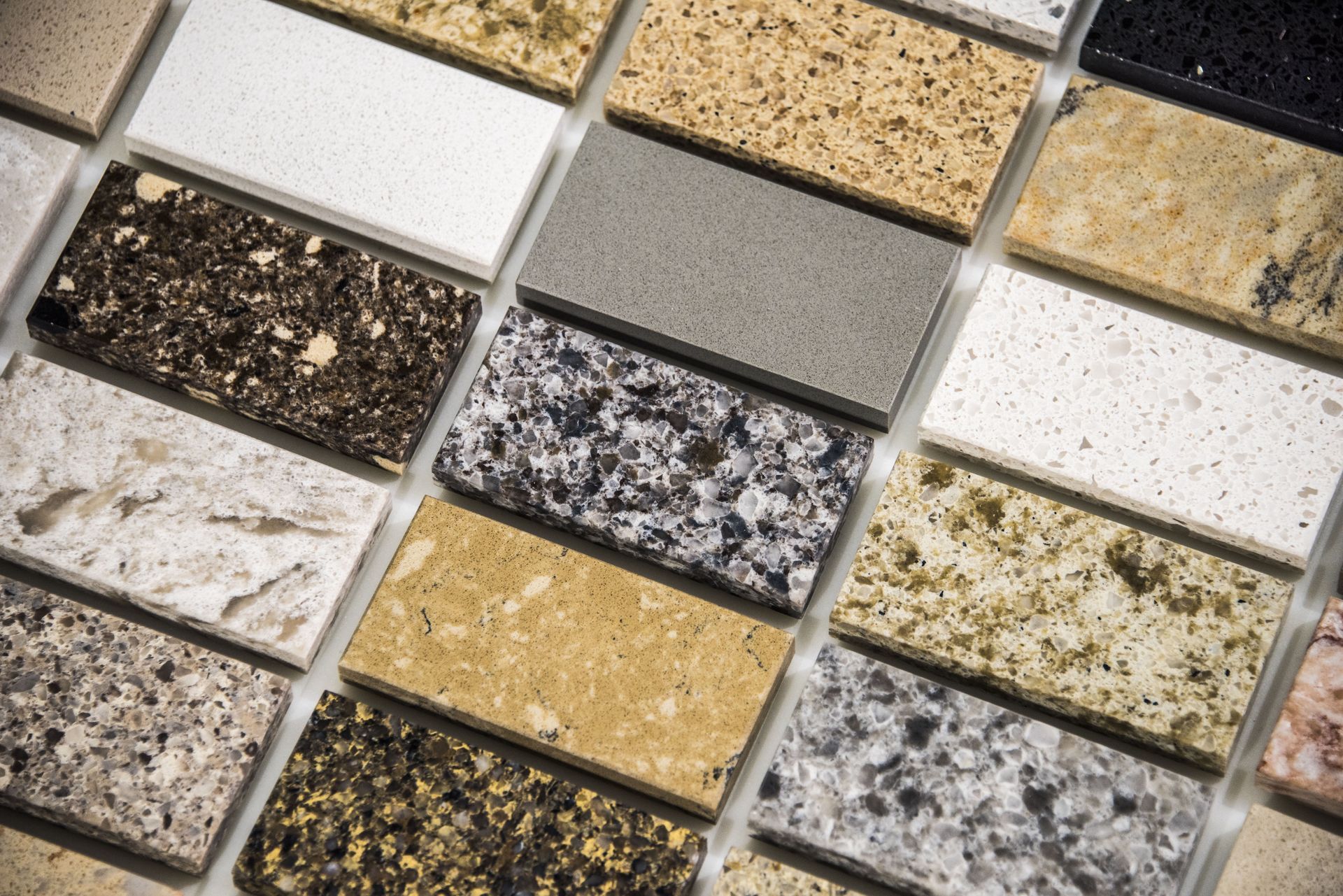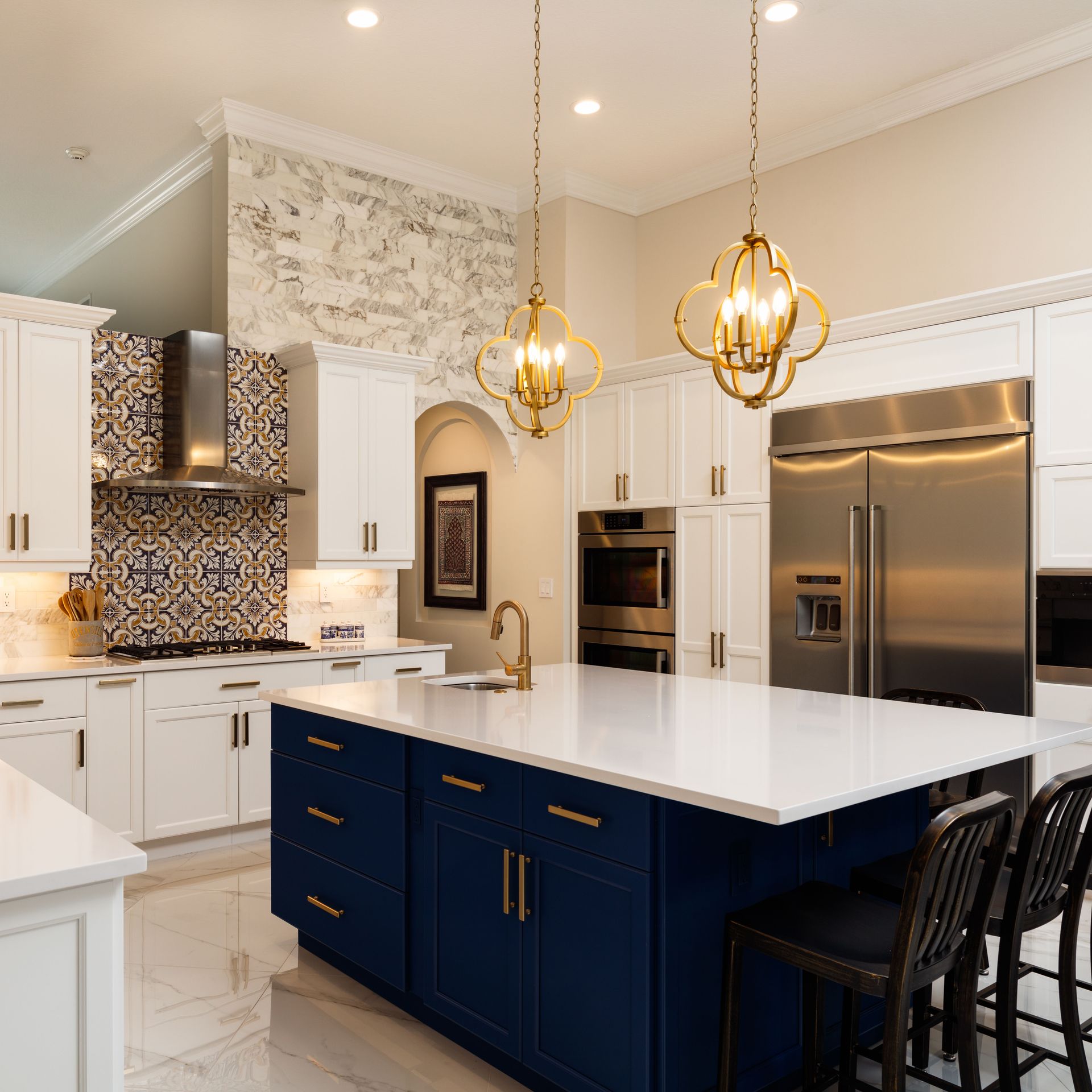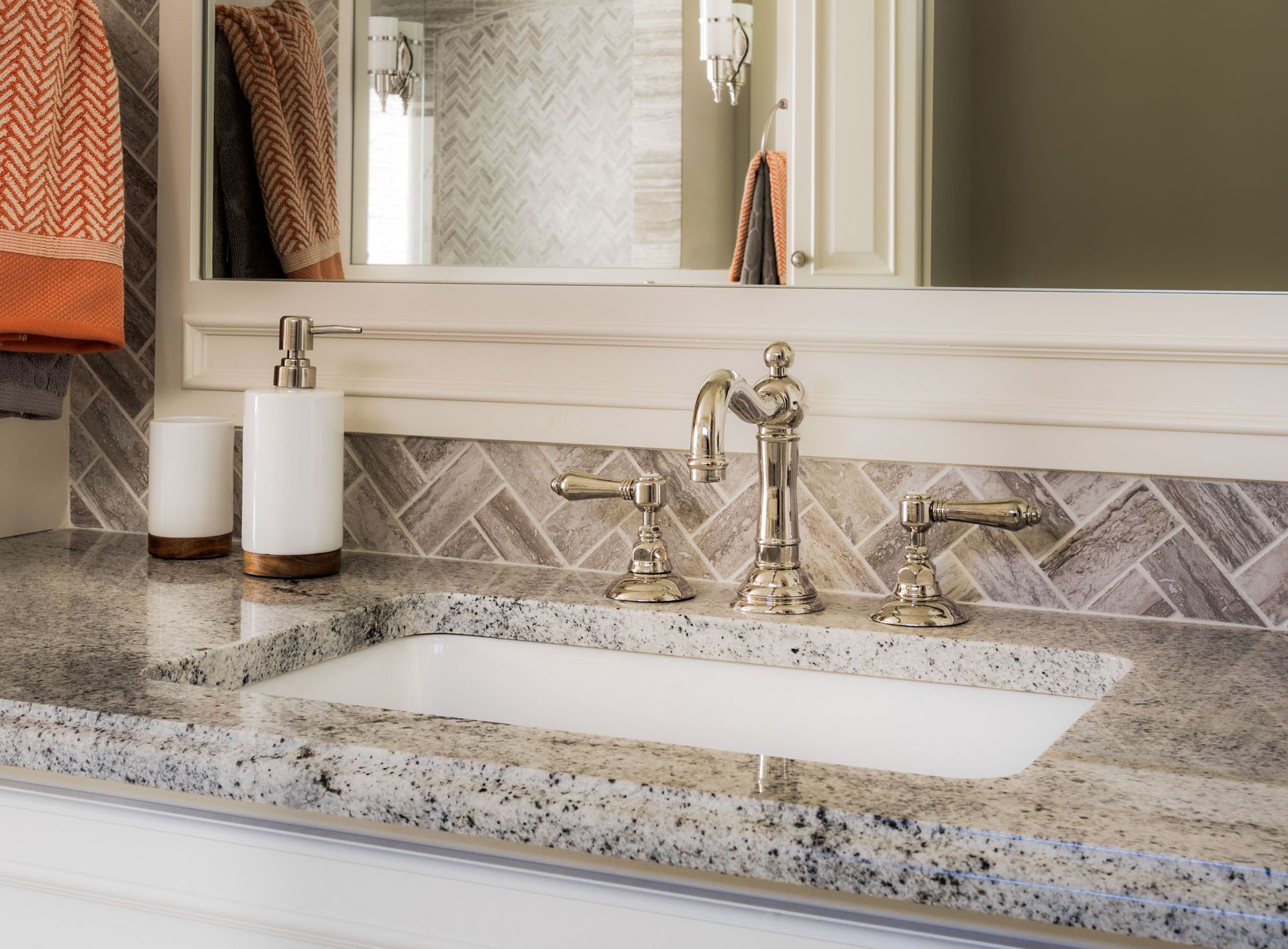Granite, quartz, and marble are top contenders in the world of countertops, each offering distinct qualities that suit different design tastes and practical needs. While they may appear similar at first glance, these materials vary widely in terms of origin, appearance, durability, and maintenance. Choosing between granite, marble, and quartz isn’t just a matter of style — it’s about understanding how each material aligns with your lifestyle and expectations. From geological makeup to installation timelines, this breakdown will help you make a confident and informed decision for your next home project. Let’s explore the defining differences that set granite, marble, and quartz surfaces apart.
1. Understand How Each Material Is Formed
Granite forms naturally beneath the Earth’s surface as molten magma cools slowly, creating a dense, speckled igneous rock. Its mineral makeup — mainly quartz, feldspar, and mica — gives granite its signature durability and one-of-a-kind patterns. No two granite slabs are ever the same, making it an attractive option for homeowners seeking something distinctive. Granite, marble, and quartz countertops are especially popular for adding texture and personality to kitchens and bathrooms.
Marble originates from limestone that transforms under high heat and pressure, forming a softer, more porous metamorphic rock. Known for its flowing veining and smooth texture, marble is prized for its luxurious look but requires more attentive care.
Quartz, unlike granite or marble, is an engineered product. It’s made by combining crushed natural quartz crystals with resin and pigments, resulting in a non-porous and highly durable surface. This manufacturing process provides greater control over color and pattern, making quartz ideal for homeowners who prefer uniformity in their design.
2. Compare Natural and Engineered Qualities
Natural stones like granite and marble are valued for their organic appearance and unique character. Their color variation and mineral movement bring warmth and depth to interior spaces. However, these materials require regular sealing and careful maintenance to guard against stains, especially in high-use areas like kitchens.
Engineered quartz offers uniformity, low maintenance, and resistance to moisture, making it a functional and hygienic surface for busy households. It’s also less prone to chipping or cracking because of the flexible resin binders used in production. For homeowners who want a sleek and consistent look without compromising on strength, quartz is a practical choice. When comparing marble, granite, and quartz surfaces, understanding this distinction helps narrow down the right fit for your needs.
3. Recognize How They Are Installed
Regardless of whether you choose granite, marble, or quartz, all three undergo a templating and fabrication process before installation. According to Fixr, granite, marble, and quartz are templated from your existing countertop, then cut and finished before installation — a process that typically takes about two to three weeks.
This timeline allows for careful planning and accurate fitting. It also gives you time to coordinate other remodeling tasks, like plumbing or cabinetry updates. The fabrication process includes precision cutting, edge profiling, and professional finishing. Once complete, the slabs are delivered and installed by skilled technicians who ensure a secure, level fit for long-lasting performance.
During this process, clients working with Power Marble & Granite benefit from dedicated support and expert craftsmanship. We ensure that every detail — from edge style to sink cutout — is handled with care. Whether you're replacing outdated countertops or completing a full renovation, the fabrication and installation process plays a critical role in the success of your granite, marble, and quartz upgrade.
4. Evaluate Appearance and Pattern Options
One of the biggest visual advantages of granite is its dramatic, mineral-rich patterns. You’ll find slabs that range from neutral beiges and grays to vibrant blues and greens. Each piece of granite tells a geological story, and this natural variation can create stunning visual effects in any room.
Marble is equally admired for its elegance, with its soft veining and subtle color tones. From classic white Carrara to deeper Calacatta hues, marble brings timeless sophistication to both traditional and contemporary interiors.
Quartz’s strength lies in consistency. Because it’s manufactured, you can select from a wide range of solid colors, subtle patterns, or styles that mimic natural stone. This predictability ensures that large installations remain uniform in tone and texture — a huge benefit when designing open-concept spaces.
5. Consider Texture and Finish Customizations
Finish options allow further personalization beyond just color and pattern. A polished finish brings out the depth and vibrancy of granite and marble while giving quartz a clean, high-gloss appearance. Honed finishes offer a softer, matte look that reduces glare and feels more natural under the hand.
Granite can also be leathered, which creates a textured surface that enhances its visual depth while resisting fingerprints—ideal for high-touch areas. Marble’s finishes often enhance its veining, offering an added dimension to its already elegant appearance.
Quartz finishes vary depending on the manufacturer, but you’ll commonly find matte, polished, and suede options — each offering different aesthetic and tactile qualities.
6. Weigh Durability and Maintenance Requirements
Durability is where granite, marble, and quartz surfaces start to diverge. Granite is extremely hard, providing excellent resistance to scratches and heat. With proper sealing, granite can stand up to everyday kitchen messes without absorbing stains or odors.
Marble, being softer and more porous, is more prone to scratches, etching, and staining — particularly from acidic substances like lemon juice or wine. It requires more frequent sealing and gentle cleaning methods. Despite this, its natural beauty often outweighs the extra care for those who want a classic and luxurious finish.
Quartz surfaces are incredibly durable thanks to their engineered composition. They are non-porous, resistant to staining, and easy to clean with mild soap and water. While not entirely heat-proof, quartz holds up well in day-to-day use and doesn’t require sealing — making it a low-maintenance option for high-traffic areas.
7. Think About Light and Environmental Effects
Lighting conditions in your space can greatly affect how these materials look. Polished granite and marble reflect natural and artificial light, making rooms feel brighter and more spacious. In contrast, honed finishes absorb more light, creating a cozy, understated atmosphere.
Environmental factors like sunlight and humidity also play a role. Granite maintains its color under direct sunlight and is suitable for outdoor installations, such as bar tops or kitchen extensions. Marble may develop a patina over time, adding character but also showing signs of aging. Quartz, being engineered, is less susceptible to UV damage and is more stable in varying temperatures and moisture conditions.
All materials such as marble, granite, or quartz each respond differently to their surroundings. By evaluating your space’s lighting and exposure levels, you can determine which material will look best and last longest under real-life conditions.
8. Choose Based on Function and Style
Ultimately, choosing between granite, marble, and quartz should be based on how you use your space and your personal style preferences. If you want a durable and unique surface that can handle high heat and heavy use, granite is a dependable option. For those who prioritize visual elegance and don't mind extra maintenance, marble offers unmatched beauty.
If consistency, low maintenance, and stain resistance are your top concerns, quartz may be the most fitting solution. It's especially suitable for households with kids, busy kitchens, or clients looking for sleek, contemporary finishes.
At Power Marble & Granite, we help homeowners bring their vision to life with high-quality surfaces that combine form and function. Whether you're leaning toward natural granite and marble or prefer the versatility of quartz, we offer custom natural stone fabrication, stone restoration, and countertop design services to meet your needs.
From selection to final installation, we guide you through every step — ensuring your projects are seamless, on time, and professionally executed. Explore our extensive selection and get in touch with us today to start your next transformation.
Looking to enhance your space with beauty, durability, and long-term value? Let us show you the difference the right granite, marble, and quartz surface can make. Contact us now to schedule your consultation and discover how our craftsmanship can bring your vision to life.





Share On: